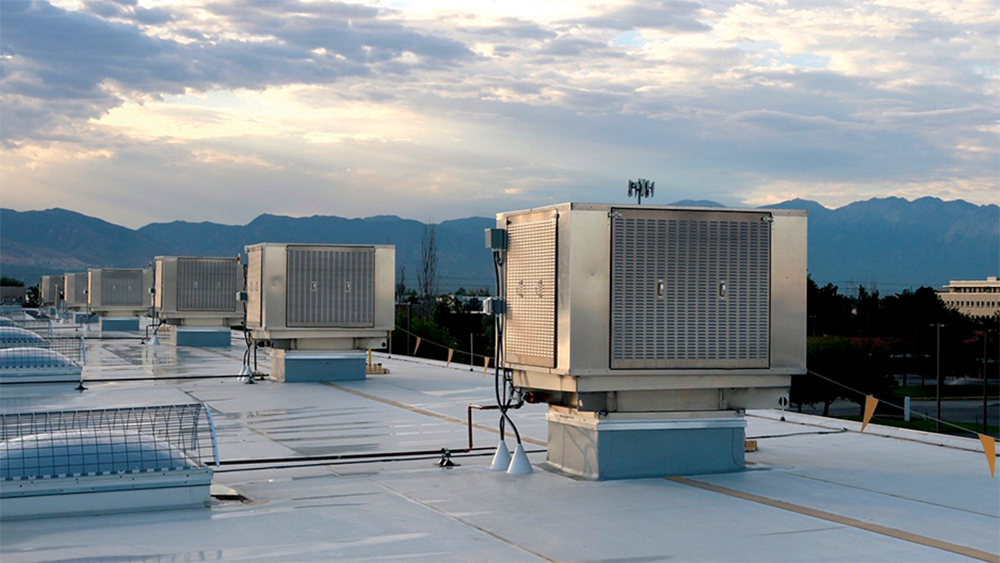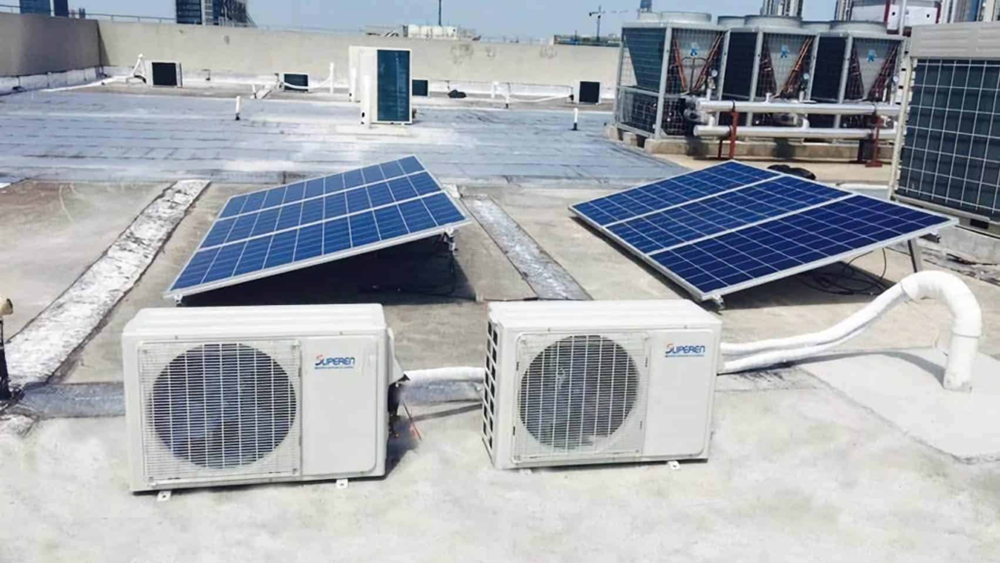A lot of electricity is used in cooling systems. They are relied upon by homes, offices, industries and virtually every aspect of life so that they can all remain comfortable. However, traditional air conditioners and cooling units are wasteful of energy.
In addition, they damage the environment by discharging greenhouse gases. Better solution are the ecofriendly cooling systems. The protocol cut energy costs while maintaining couches cool.
The modern technology makes it work optimally. Renewable energy is also used by some who rely on natural cooling methods. We’ll look at just how watercooling system decrease energy use, and how they make a perfect choice.
Smart Thermostats And Energy Management

Cooling systems are better made efficient by smart thermostats. The temperature is adjusted according to the usage pattern. They run on lower energy use when nobody is home. Traditional air conditioners use the same setting regardless of whether air needs to be cooled.
They learn daily routine and adjust cooling based on that. There are many models which connect to mobile apps so that users can control the models remotely.
Certain systems adjust settings on the basis of up to the minute weather forecasts. This reduces unnecessary cooling. Both smart thermostats also help track energy use.
Homeowners can learn ways to control power consumption by monitoring the use of power. These devices oversee when the cooling system starts working. Also, less wasted energy results in lower electricity bills.
Evaporative Cooling For Natural Efficiency

Evaporative cooling is a natural and energy spending method. This is done by cooling the air using water. Water-soaked pads are exposed to warm air that get evaporation.
It also reduces the air temperature with small electricity input. Evaporative coolers do not use chemical refrigerants like traditional air conditioners. As they consume less power, they are cost effective.
Best suited for dry climates, humidity low, these systems. Evaporative coolers also improve the indoor air quality. These things help to add moisture to the air, in order to prevent dryness and irritation.
They are used by many industries to cool large spaces at a smaller cost. And for personal cooling, homeowners can also install smaller units.
Solar-Powered Air Conditioning

Solar cooling systems use the energy of the sun. In that way, they plug in and replace electricity from the grid with renewable solar power. It reduces a dependence on fossil fuels.
There are two ways in which solar air conditioners operate. Photovoltaic panels are sometimes used in some models to generate electricity. Solar thermal energy is used to drive other cooling processes by others.
It significantly cuts power consumption in both methods. In sunny regions solar-powered cooling can be best used. Consequently, solar cooling is very efficient and is one of the cooling system.
In addition, they lower the electricity bills. There are a number of governments that offer incentives for solar air conditioning. However, it helps make them more affordable.
Geothermal Cooling For Deep Energy Savings
The earth’s natural temperature is used in geothermal cooling systems. The temperatures inside underground are uniform throughout the year. Geothermal is a system that transfers heat between the ground and the buildings.
It needs less energy than methods for traditional cooling. Fluid is circulated inside a network of pipes just below the surface. Heat from the building is moved into the ground during summer, helping to cool indoor spaces.
Consequently, this process needs less electricity than other conventional air conditioning. Geothermal cooling is available everywhere. These systems save the owner long term. In addition, traditional cooling units do not last as long.
Conclusion
Cooling systems are ecofriendly and help to decrease the energy consumption. Evaporative coolers work with natural systems and smart thermostats optimize the cooling process.
Geothermal systems use underground temperatures, which are naturally available as an alternative to heat in the winter and cool in the summer, and solar-powered air conditioning offers renewable energy.
Green building designs add to cooling efficiency further. These solutions decrease electricity bills as well as environmental impact. Today, these methods are selected by many homes and businesses for saving energy.
There are more sustainable cooling possibilities coming with technology. Buying the eco-friendly cooling will make this future greener. This switch is in the interest of both the environment as well as energy costs.









